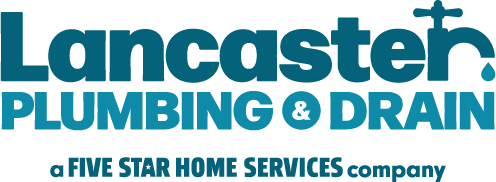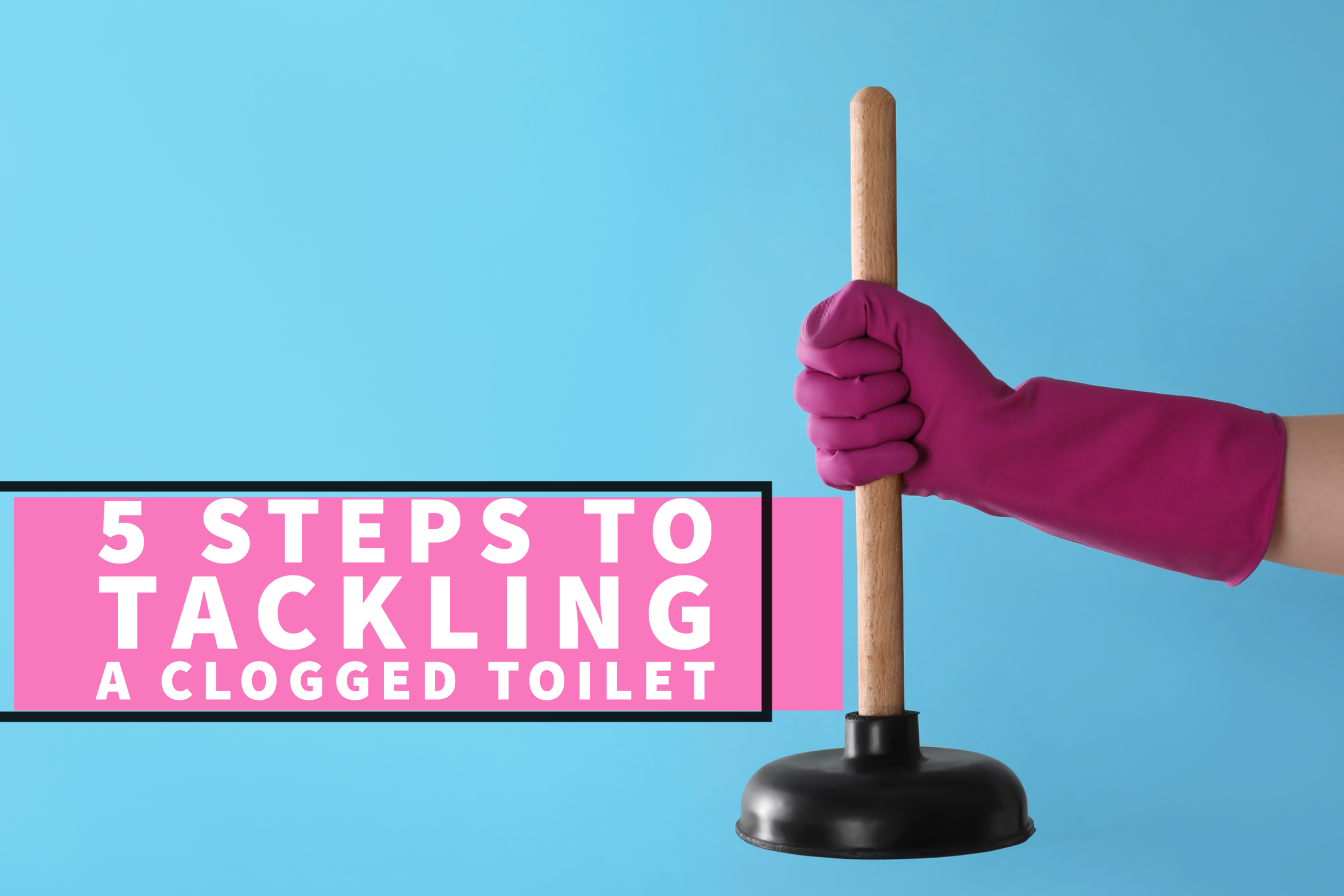Have you ever dealt with a clogged toilet right after using the facilities? It’s probably safe to assume that the answer is yes, as most of us have already been in this situation. Although it’s a normal occurrence in the plumbing industry, it’s definitely not a desirable one – especially If the toilet is clogged AND overflowing! So, how can you stop it? What should you do? Well, unfortunately, if your toilet water is doomed to overflow onto your bathroom floor, there’s not really a way to stop it altogether. But there are a few steps you can take to properly deal with the aftermath and help to lessen the chaos.
Follow these tips and tricks from your local Lancaster Plumbing & Drain professionals.
Step 1 – You Should Shut Off the Toilet’s Water Valve:
If toilet water is overflowing out of your toilet bowl and onto the floor, the most optimal thing you can do is to halt the water flow in its tracks. So, start by looking for the toilet shut-off valve typically positioned behind the toilet. If you don’t know what the shut-off valve looks like, it should be the football-shaped knob. When you have pinpointed it, turn it clockwise to shut it off. But don’t forget to flush the toilet again until everything is cleaned up and the toilet is once again working again.
Step 2 – You Should Make Sure the Flapper Is Closed:
As an extra way of immobilizing the water from entering the toilet bowl, you should also ensure the flapper is sealed. Do this by:
- Take the cover off of the back of the tank.
- Look for the rubber seal that stops the water from flowing into the bowl when the flush lever is activated. (It is attached to a metal lever or chain that links to the flush handle.)
- Gently press down on the rubber piece to ensure a secure seal.
Step 3 – You Should Tie Down the Float:
The following step is just an additional way you can make sure the water flow is 100% stopped for the time being. To fully prevent water from flowing into the toilet tank, grab the float cup (or ball). This piece is meant to regulate the water level in the tank. Once you pinpoint this float cup, secure it and keep it from moving.
Step 4 – You Should Take Care of the Excess Water:
Congrats – you’ve stopped the water flow! Now, it’s crucial to begin the cleanup process. But don’t forget that safety and hygiene are crucial. So, if you have gloves available, we highly recommend using them. Now, because the toilet is not currently draining, the excess water from the toilet bowl will have to be manually removed. You can utilize a bucket or container to scoop out the water from the bowl and pour it into the bathtub or sink.
Onto the flooring! If there is any waste or solids that were strewn onto the floor (highly possible given the situation), those will need to be picked up carefully and placed in a garbage bag. Just don’t forget to take out the trash immediately when everything is working once again. If you own a wet vacuum, you can use it to clean up the overflown water. If you have hard flooring, you can use towels, rags, a mop, or paper towels to sop up the water. However, on a carpeted area, you will want to place towels over them, allowing them ample enough time to soak up the water. You can also add weight on top of them to aid in the absorption. Don’t forget you should also disinfect the solid flooring and carpeted areas as necessary after all the excess water has been cleaned up. Don’t forget to include any other areas that came into contact with the toilet water in your disinfecting process.
Step 5 – You Should Take Care of Clog:
Now that the cleanup is finished, it’s time to fix that clog! Go ahead and pick up your plunger and place it over the toilet drain, making sure it is completely covered in the water. Next, use the plunging motion to neutralize the blockage. This should take care of the clog, and your toilet should now be working again. However, if you are still having issues, there could be a more significant problem going on. This is a clear sign that it’s time to call a professional.
If your toilet is, in fact, working again, don’t forget to put everything back into its original place, return the tank cover, and turn the toilet’s water supply back on once again! However, if you have tried unclogging the toilet several times to no avail, feel free to contact us!
Call Lancaster Plumbing & Drain today at (740) 796-8998, or schedule an appointment online now by clicking here!


